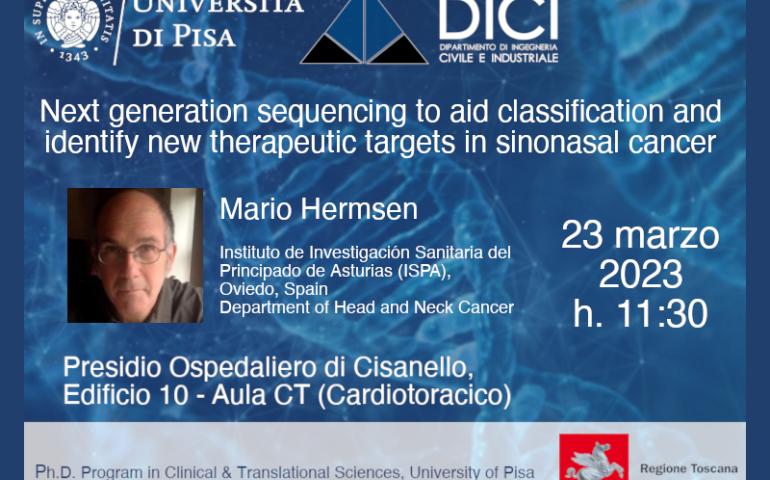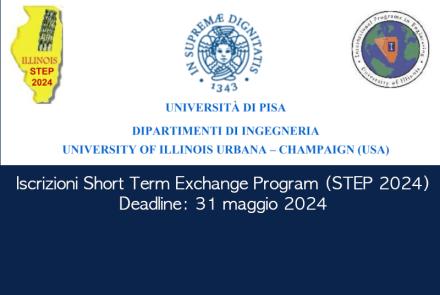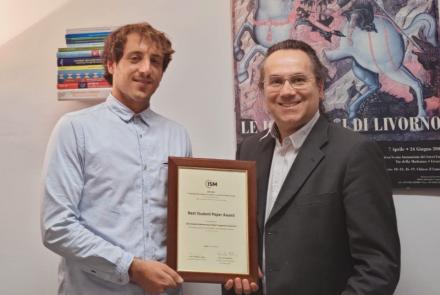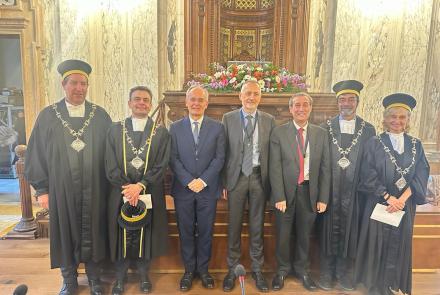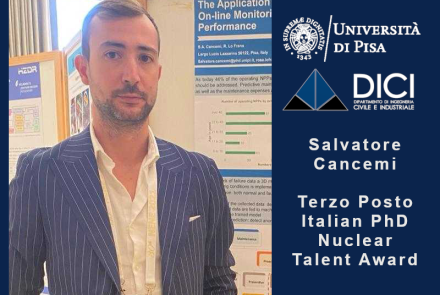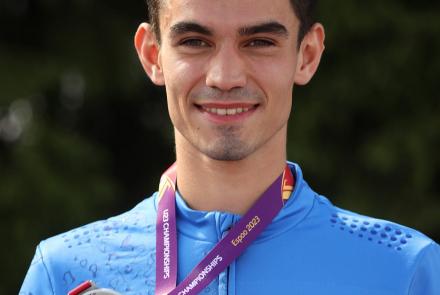Mario Hermsen
Instituto de Investigación Sanitaria del Principado de Asturias (ISPA), Oviedo, Spain
Department of Head and Neck Cancer
Bio-sketch
Mario Hermsen studied Biochemistry at the University of Wageningen and earned his PhD degree in 2002 at the VU Medical Center,
Amsterdam, The Netherlands. He has worked from 1995 until 2003 as a Research Fellow in the department of Pathology of the VUmc University on the genetics of colorectal adenoma-to-carcinoma progression. In 2003, he moved to Spain and became member of the research unit Head and Neck Oncology, now part of the recently founded Instituto de Investigación Sanitaria del Principado de Asturias (ISPA), associated with the Hospital Universitario Central de Asturias in Oviedo, Spain. He has had continuous national research grants as the principal investigator of a multidisciplinary research team currently consisting of postdocs, predocs and two technicians, clinically supported by two ENT specialists, one Pathologist and one Oncologist. The main focus of this team is on sinonasal cancer and research goals include genetic profiling in search of markers for early diagnosis, prognosis and therapeutic decision-making. Unique sinonasal tumour cell lines have been established and developed into animal tumour models for testing candidate anticancer drugs directed to specific genetic alterations. These cell lines have been made available to collaborating laboratories in Europe and United States as well as to pharmaceutical companies for the development and testing of new anticancer compounds. Prof. Hermsen is an external collaborator of the project “Sinonasal cancer: In depth genetic analysis of patients for personalized treatment and disease monitoring (acronym: ADAPTA)”, funded by Tuscany Region under Health program 2018, grant number CUP I58D20000540002.
Abstract
The sinonasal cavities harbor a great variety of rare epithelial and neuroendocrine tumors. Many subtypes are poorly differentiated and difficult to diagnose, while their clinical behavior can differ greatly. In spite of advances with endoscopic surgery and radiotherapeutic, recurrences remain frequent and 5-year survival lies between 20-60% or lower. Therefore, there is an unmet clinical need for better diagnostic biomarkers and novel therapeutic approaches. Our aim was to apply whole exome sequencing (WES) to identify such biomarkers.
Tumor and germline DNA of 96 patients with 7 different subtypes of sinonasal cancer comprising 39 intestinal-type adenocarcinoma (ITAC), 22 squamous cell carcinoma (SNSCC), 15 mucosal melanoma (MMM), 10 undifferentiated carcinoma (SNUC), 7 olfactory neuroblastoma (ONB), 2 neuroendocrine carcinoma (SNEC) and 1 teratocarcinosarcoma (TCS) was obtained and analyzed by WES, selecting somatic variants. NF1 and FGFR1 gene copy number changes were studied by MLPA.
All histological tumor subtypes carried distinct genetic profiles. Recurrent subtype-unique mutations included: APC, CTNNB1, PIK3CA and KRAS in ITAC; EGFR and CDKN2A in SNSCC; NRAS and NF1 in MMM, IDH2 in SNUC/SNEC/ONB, and ARID1A, SMARCB1 and SMARCA4 in SNUC/TCS. Alterations commonly observed in most subtypes were mutations in TP53, NOTCH1/2, BRCA1/2 and FANCA, and amplifications in FGFR1.
Results confirm that classification of sinonasal cancer subtypes can be aided by genetic analysis to optimize patient care. Indeed, the WHO Classification of Head and Neck Tumors already recognizes a number of subtypes solely based on specific mutation, protein expression or chromosomal translocation. In addition, recent DNA methylation profiling studies have shown great diagnostic potential. Our WES data also reveal molecular targets for personalized treatment strategies. Candidate therapies include inhibitors of PI3K/MTOR for ITAC, of EGFR and CDK4/6 for SNSCC, of MEK for MMM, of IDH2 for SNUC/SNEC/ONB, and of EZH2 for SNUC/TCS, while DNA repair and FGFR inhibitors may be considered for many of the sinonasal tumor subtypes.
Info: serena.danti@unipi.it; alessandro.franchi@unipi.it

